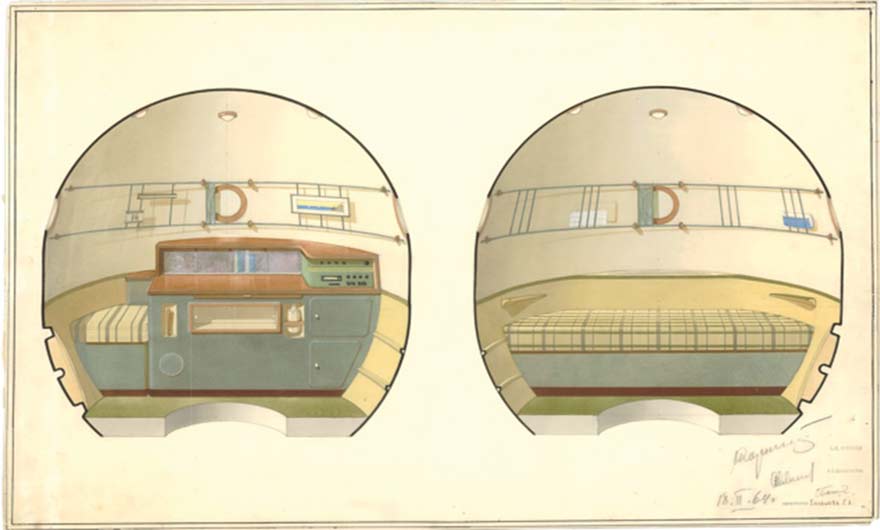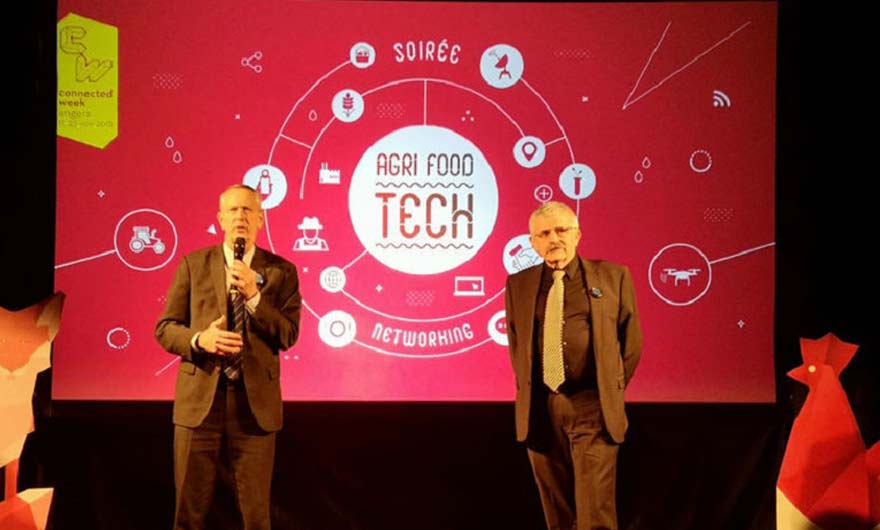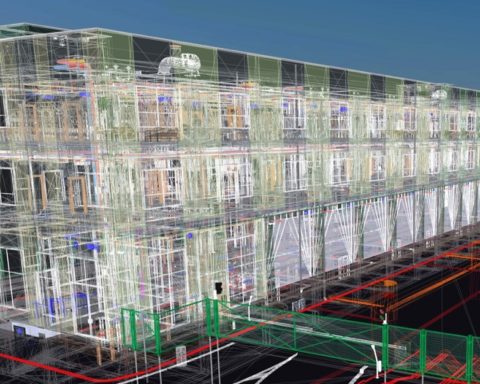The Observatoire de l'Espace (the cultural laboratory of the CNES) and the HEAD Geneva, University of Art and Design, are launching a research programme on representations linked to extraterrestrial habitat "Habiter l'espace extraterrestre", a three-year research programme, which will focus on the representations (images, drawings, plans, sketches...) generated by the desire to inhabit extraterrestrial space.
L’he ambition of this project is to open a new chapter in cultural studies on Space by showing how images produced in the world of space, through their circulation in other fields of iconographic production such as architecture, plastic arts or cinema, question the very definition of habitat, its forms and functions. To achieve this objective, a team of researchers specialising in architecture, art history, visual culture, human sciences and space studies has been set up.
The year 2018-2019 will be devoted to the establishment of an inventory of the representations of an inhabited space produced by space activity, from the sketch conveying an idea to the final execution plan used to build a vehicle, including images of communications such as artists' views. The inventory will extend from the end of the Second World War, the beginning of the space age, to the 1970s. This period saw the development of animal-populated vehicles (such as Félicette the spacewalker cat), as well as the advancements of the first manned vehicles (such as the Soyuz capsule in the 1960s and 1970s). This historical perspective will help to better address the issue of space stations, their interior design and life on board (from the first stations like Skylab to the ISS - International Space Station).
This panorama of graphic productions internal to space projects will be increased by a research of their circulation in the fields of architecture, plastic arts and cinema. The modalities of this circulation and the transformations operated on the images of the space universe, supports of this propagation, will be studied. Are there proven links between the productions of modular architecture such as Archigram (project Instant City (1968-70) ? How did the American space shuttle project inspire the film Moonraker (1979) ? How do the images created by space projects infuse contemporary art (Waiting for Mars by Bertrand Dezoteux, 2017) ? At a time when many questions are being asked about the next lunar or Martian missions, this research program opens up an unprecedented exploration of ways of imagining, between the arts and sciences, a habitat in an extraterrestrial environment. Dedicated to shedding light on the future of life in space, the results of this program will be shared at public events, the first of which will take place in the fall of 2019.
This research programme is supported by the Swiss National Science Foundation (SNSF).
Header photo : Details of the interior design of the Soyuz orbital module, variant 1 1964 © Archives Galina Balashova













